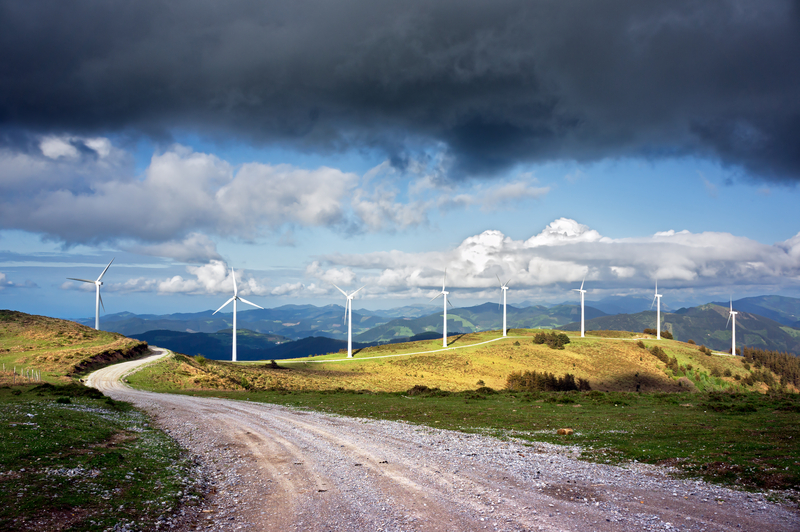Despite my strong support of our ongoing efforts to produce more renewable energy, I have always held reservations about wind power due to the potential impacts upon birds and bats. While it’s true that the siting of windmills, and avoiding high impact areas (e.g., migratory flyways), can help reduce animal deaths, a new study published in BioScience this month suggests that mortalities may be significant. Estimates place the number of bats killed in 2012 at around 600,000. And this could be on the conservative side, according to Mark Hayes, a bat biologist at the University of Colorado. Hays reports,
Even if the population was known definitely, Hayes says his estimate of deaths—based on fairly elaborate “distribution-fitting analysis”—is almost surely on the low side, perhaps only two-thirds the real figure. (His figures are in the ballpark with earlier wind vs. bat studies using other forms of estimation.) Hayes used the lowest numbers whenever a range of deaths was presented from the 21 locations across the nation he studied. Most of the other work he drew those numbers from only [sic] looked at bat fatalities during peak migration times, when figures were likely to be at the highest but which also misses the drumbeat of bat deaths from the rest of the year. Some of the areas with the largest known populations of bats, like the Southwest, didn’t have study sites.
The USGS too is doing a lot of research on this issue, and has reported that “tree bats” or those that roost in trees are the ones most susceptible to windmills, due to their migratory habits and patterns. Why are bats attracted and why are they dying? Indeed, new research suggests that windmills may be serving as “attractive nuisances,” and actually attracting bats to their certain death, because of the flying insects, which the bats eat, being attracted to the heat generated from the turbines. More theories on the fatal attraction here. This same research suggests that bats are dying not only from blunt trauma from being hit by spinning blades, but may be, in fact, dying to the significant differential in barometric pressure, which is believed to be causing immediate death from barotrauma. The bat’s lungs literally explode from the rapid differential.
I’ve discussed previously the serious threats to bats nationwide from white nose syndrome (WNS), which impacts predominantly colonial bats, or those that live and hibernate in caves and cave-like habitats. Since WNS has not been observed in tree bats, the possibility that windmills now pose serious threats to tree bat species creates the perfect storm for all bats species. This, at a time, when our bees, as pollinators, are also under serious stress from Colony Collapse Disorder. Given what we now know, and given that wind generation will continue to rise exponentially over the next two decades (1/5 of the nation’s power is expected to come from wind by 2030), these concerns warrant further research and a serious national discussion on the future plans and expansion of wind power.

